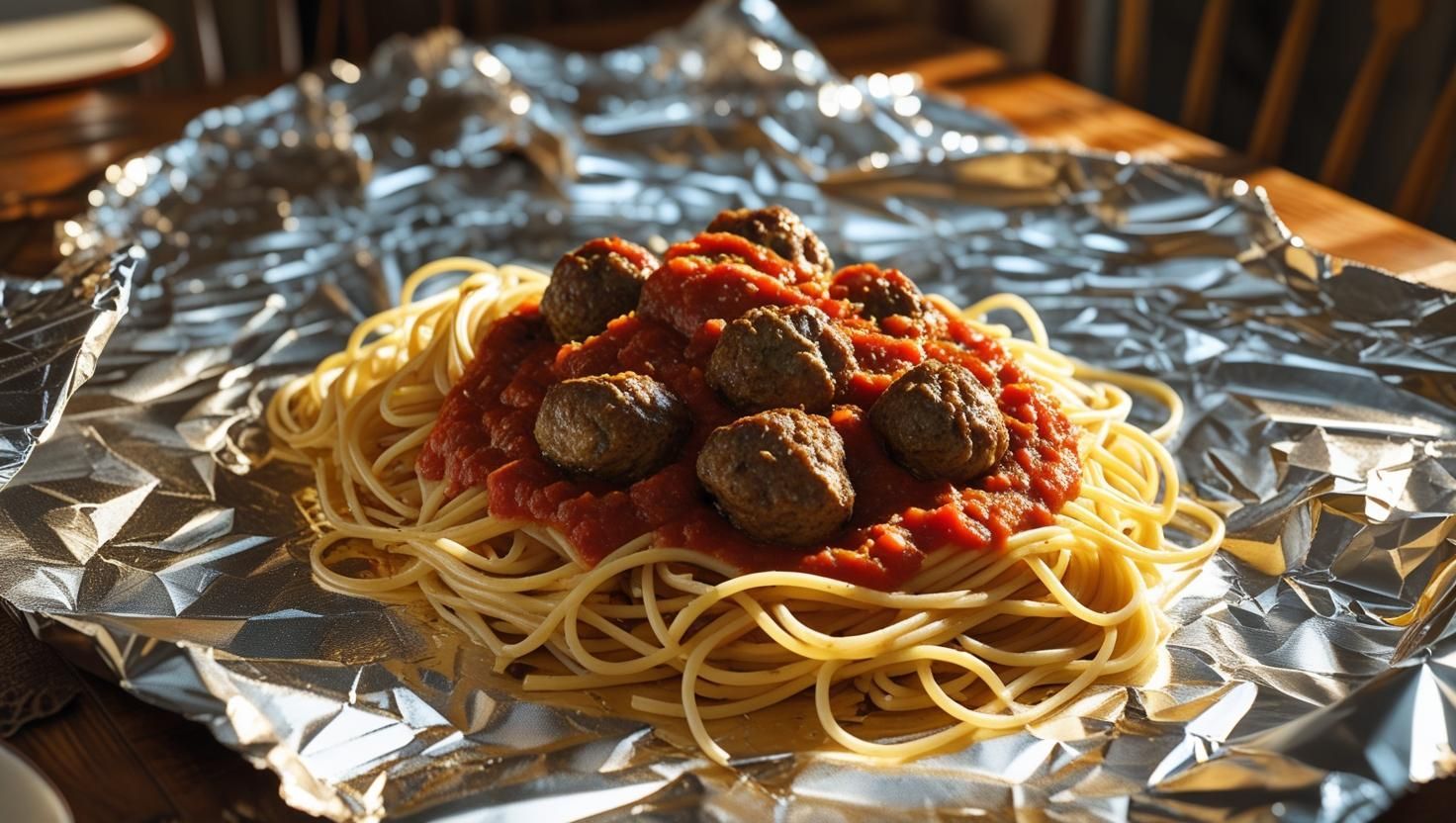Types of Sensory Swings
Types of Sensory Swings
Did you know that swinging can have a major impact on a child's vestibular system?
The vestibular system is a sensory system in the inner ear that helps with balance and spatial orientation.
Sensory swings, which come in many forms, are a great way to work on the vestibular system. Balancing the vestibular system can have a multitude of benefits beyond the physical - it can be a great way to practice body awareness and regulate the nervous system. Here is a quick guide to different types of sensory swings that may be utilized in pediatric therapy.
1. Bolster Swing

Bolster swings can help with sensory integration, posture, core strength, balance and coordination, anxiety reduction, body awareness, and calming. Kids can sit, stand or lay down on the bolster swing.
2. Ladder Sensory Swing

Ladder swings or climbing swings can help with motor planning while also assisting balance, body awareness and strength training. Climbing is a terrific sensory activity that involves the entire body: hands, arms, core, upper trunk and legs.
3. Cuddle/Cocoon Swing

Cuddle or cocoon swings can help with proprioceptive and deep pressure input, which can be very calming for children with sensory needs. This type of swing can be particularly helpful in a therapy setting when the child needs a moment to recenter and work through big emotions.
4. Hanging pod swing

Like the cuddle swings, hanging pod swings can provide a sense of calming and anxiety relief for children. They also assist with balance and coordination, while allowing children to feel cozy and safe. Pod swings can also help with core strength and posture.
5. Platform swing

Platform swings are one of the most common types of sensory swings in therapy settings. They can be hugely beneficial for both vestibular and proprioceptive input. Platform swings can be helpful for balance, core strength, upper body strength, motor planning, as well as sensory integration. They can be a great calming tool, especially for neurodiverse kiddos.








